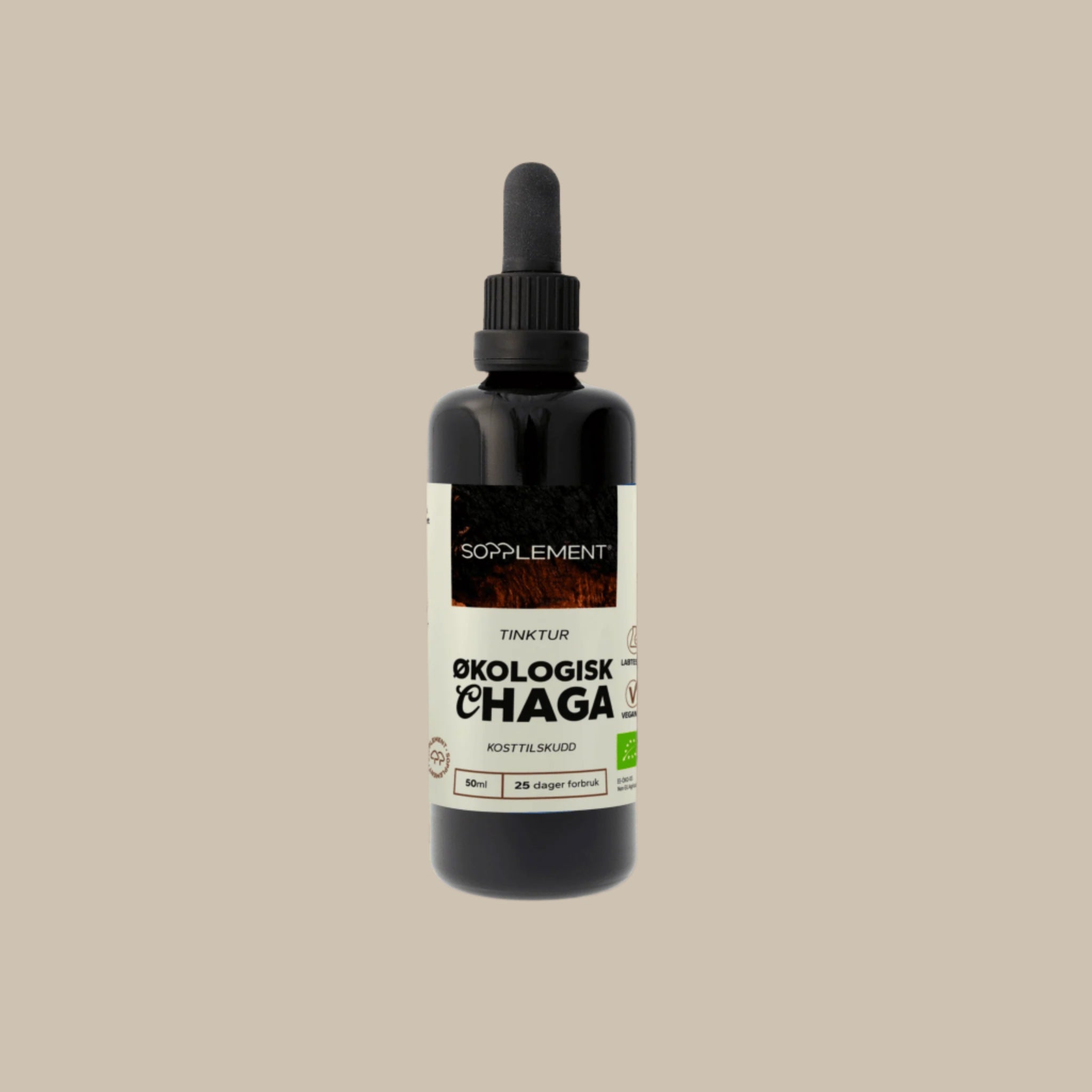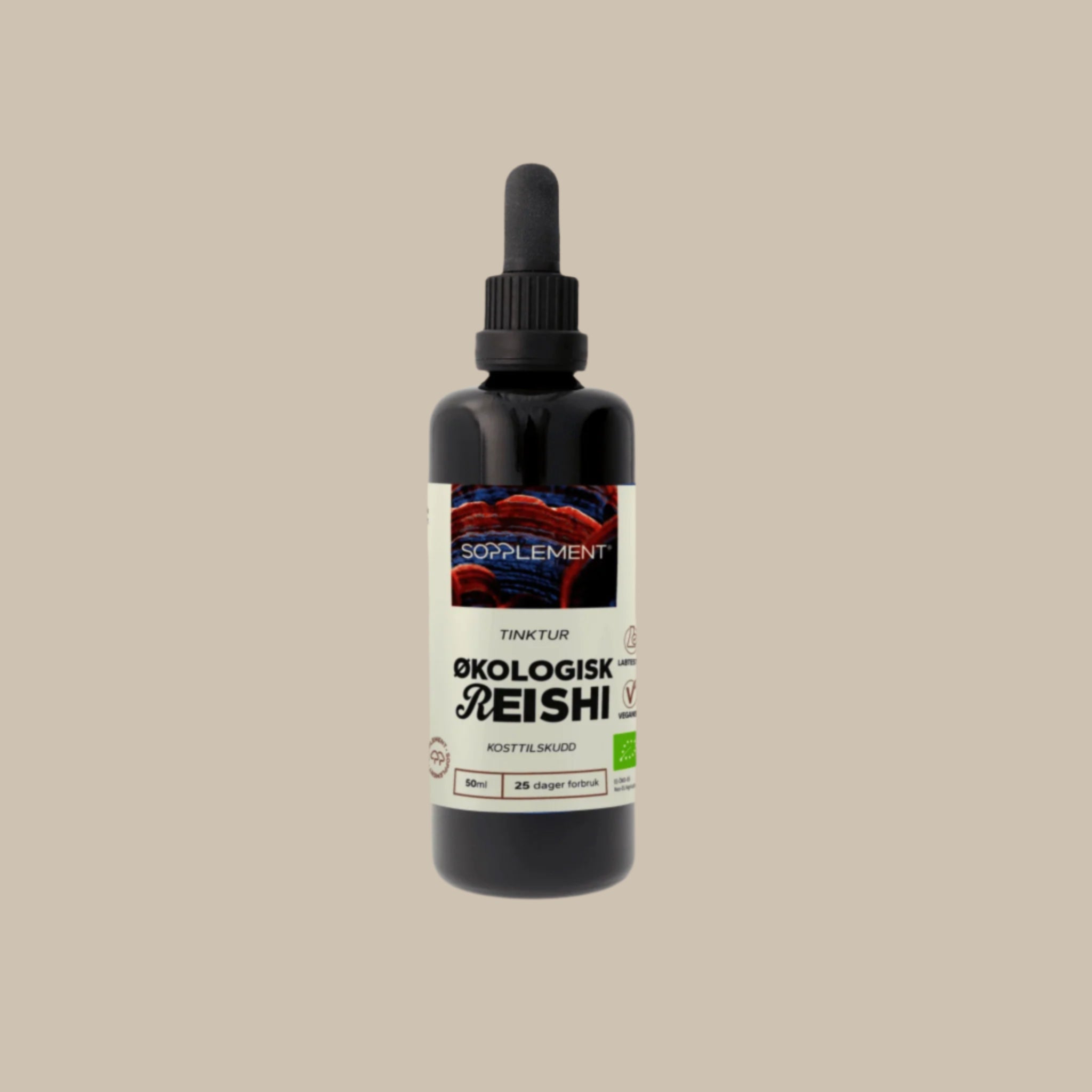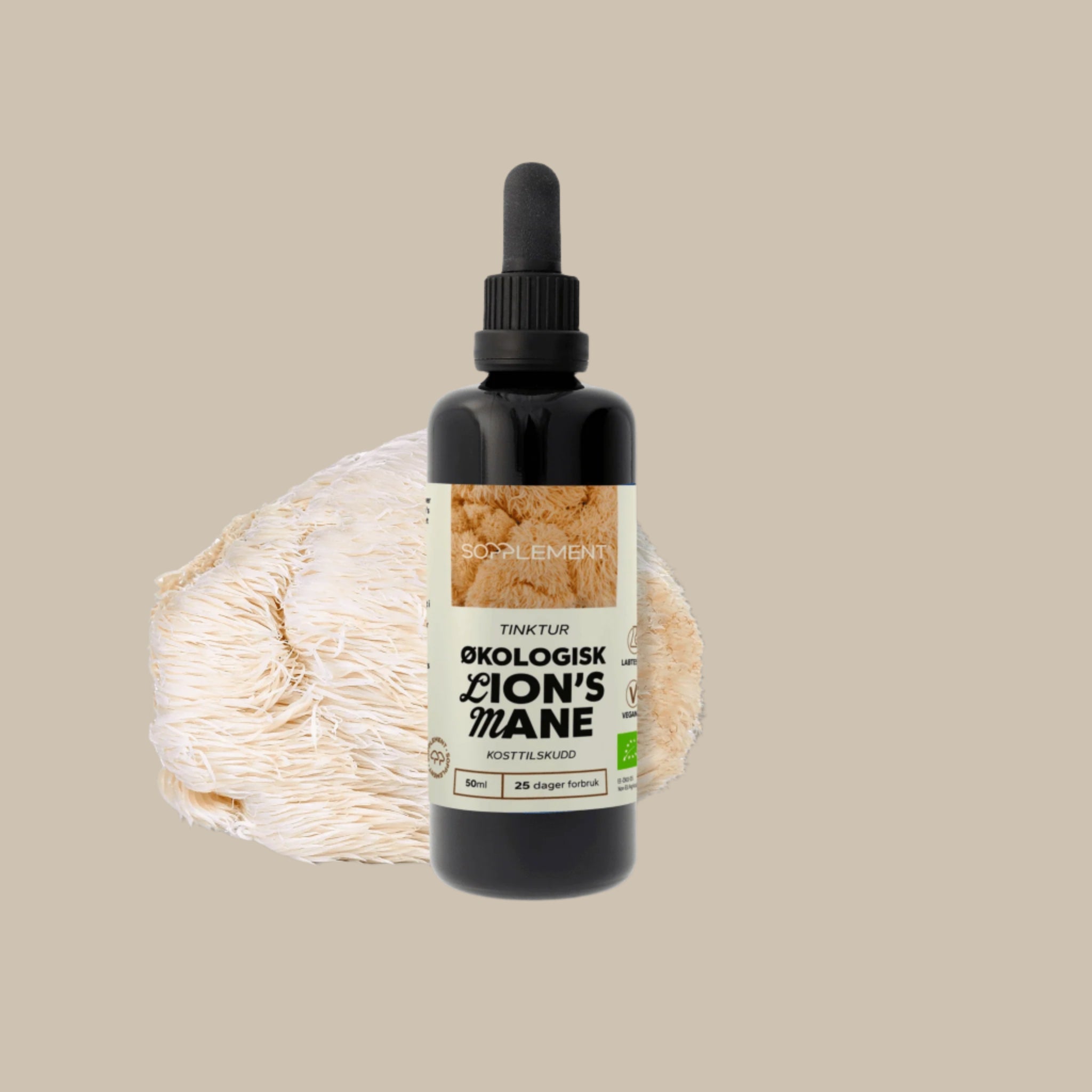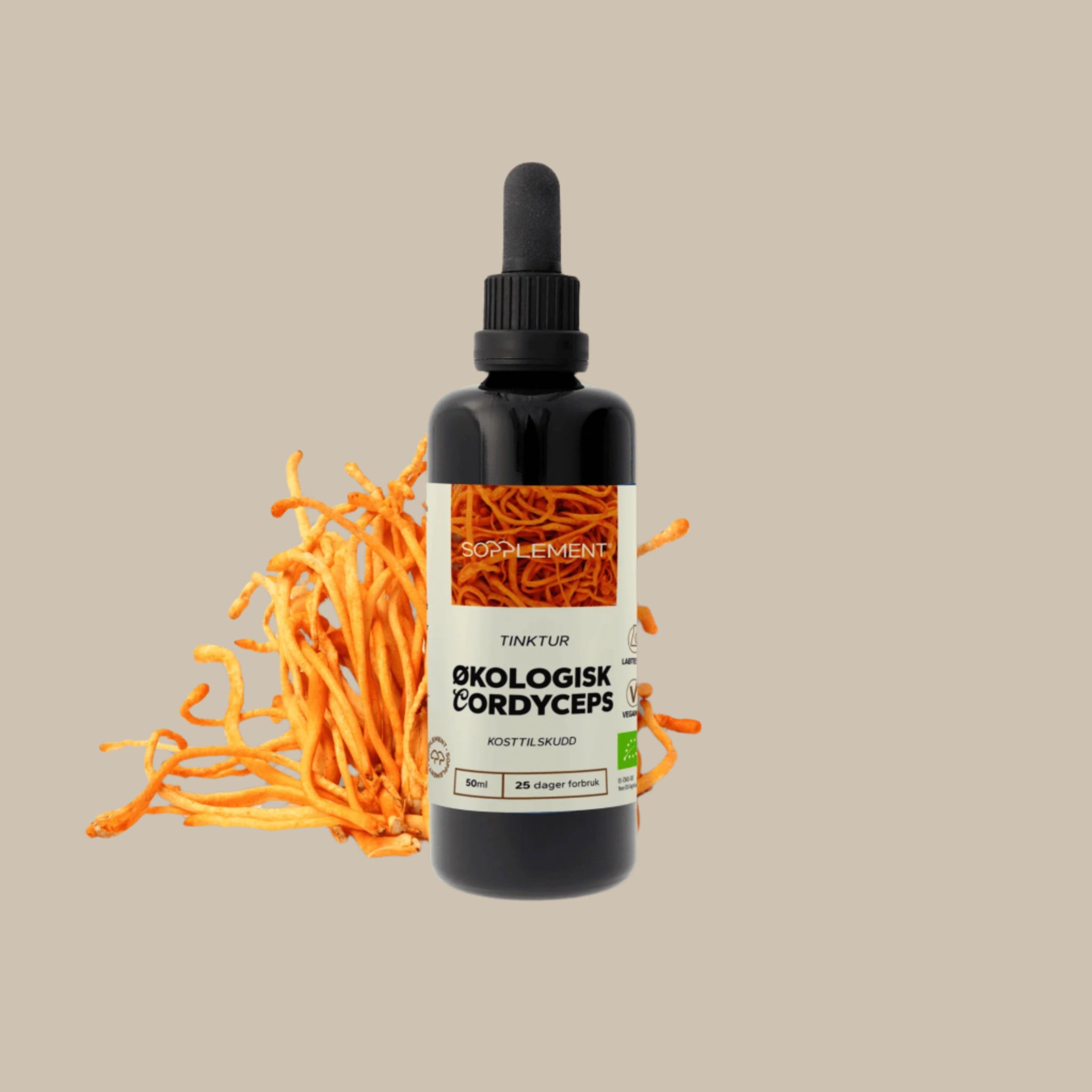
Everything you need to know about Chaga
For those of you who are curious about the power of nature and functional mushrooms
What is Chaga?
Chaga (Inonotus obliquus) grows on birch trees in cold climates and has a long history as a folk medicine . The dark, charred growth seen on the trunk is not the fruiting body, but a sterile mycelial complex that develops over many years.
Chaga is often defined as a parasitic fungus, but alternative descriptions view the relationship between Chaga and birch trees as more symbiotic.
Chaga and birch - a long-term interaction
Chaga grows as a network of mycelium (the "roots" of the fungus) - thin, thread-like structures called hyphae . The network spreads into the wood of the tree and absorbs water, sugars, minerals and defense substances such as betulin and betulinic acid.
In Chaga, the nutrients from the birch tree are converted and concentrated into a number of bioactive compounds that can have effects in the human body. It is best known for its high content of antioxidants, polysaccharides, phenols and melanin - substances that have attracted great interest in natural medicine and recent research.
Historical Uses of Chaga
Folk medicine and herbal traditions
In Russia and Siberia, Chaga has been used as a tonic folk medicine for centuries – particularly for digestive ailments, skin problems and as a “detox” for the body. It was often boiled into a tea and drunk throughout the winter to support the immune system.
Spiritual and ceremonial use
Chaga has also been used in rituals and as a "spiritually" strengthening tea where it was called " gift from the gods " by the Khanty and Mansi people of Western Siberia.
Bioactive compounds and potential health benefits
Scientists have identified a number of compounds in Chaga with biological activity:
- Beta-glucans - water-soluble polysaccharides that may contribute to immunomodulation
- Triterpenes - fat-soluble compounds that have shown anti-inflammatory activity
- Melanin - pigment with potentially high antioxidative capacity
- Phenols and flavonoids - may contribute to antioxidant protection
- Minerals - especially potassium, zinc, manganese and magnesium
Although most studies are preclinical or in vitro, data show that Chaga may have potential as an immunostimulant, anti-inflammatory, and antioxidant supplement.
How is Chaga used?
Forms of use
- Dried Chaga tea - traditional preparation where pieces are boiled for 1-2 hours
- Powdered Chaga - ground into tea or used in capsules
- Liquid extract - modern method where active ingredients are extracted with water and alcohol
Single extracts vs. double extraction
| Extraction type | What is extracted? | Examples of compounds |
| Water | Polysaccharides | Beta-glucans |
| Alcohol | Fat-soluble | Triterpenes, phenols |
| Double extract | Both | Full spectrum |
Bioavailability and absorption
Chagas' active compounds are bound to chitin – a hard, indigestible component of the fungus. In order for the body to utilize the active ingredients, they must be released through heat (water) and/or alcohol.
The extraction method is therefore of great importance for the quality and effectiveness of the supplement.
Chaga in combination with other adaptogens
Chaga is often combined with other functional mushrooms and herbs in natural medicine traditions:
- Chaga + Reishi – strengthening and soothing
- Chaga + Cordyceps – for stamina and immune system
- Chaga + Lion's Mane – combination of mental clarity and antioxidant support
- Chaga + Ashwagandha – support for the nervous system and internal balance
- Chaga + Rhodiola Rosea – robustness and physical performance
Read more: What are adaptogens?
Chaga summarized
Chaga is a unique functional mushroom with roots in folk medicine, modern research, and nature's own biochemistry. It represents a balance between the old and the new – and fits well into a holistic lifestyle.
Although research is still developing, there is much evidence that Chaga can contribute as a natural support in everyday life – especially when combined with other adaptogens or used over time.



